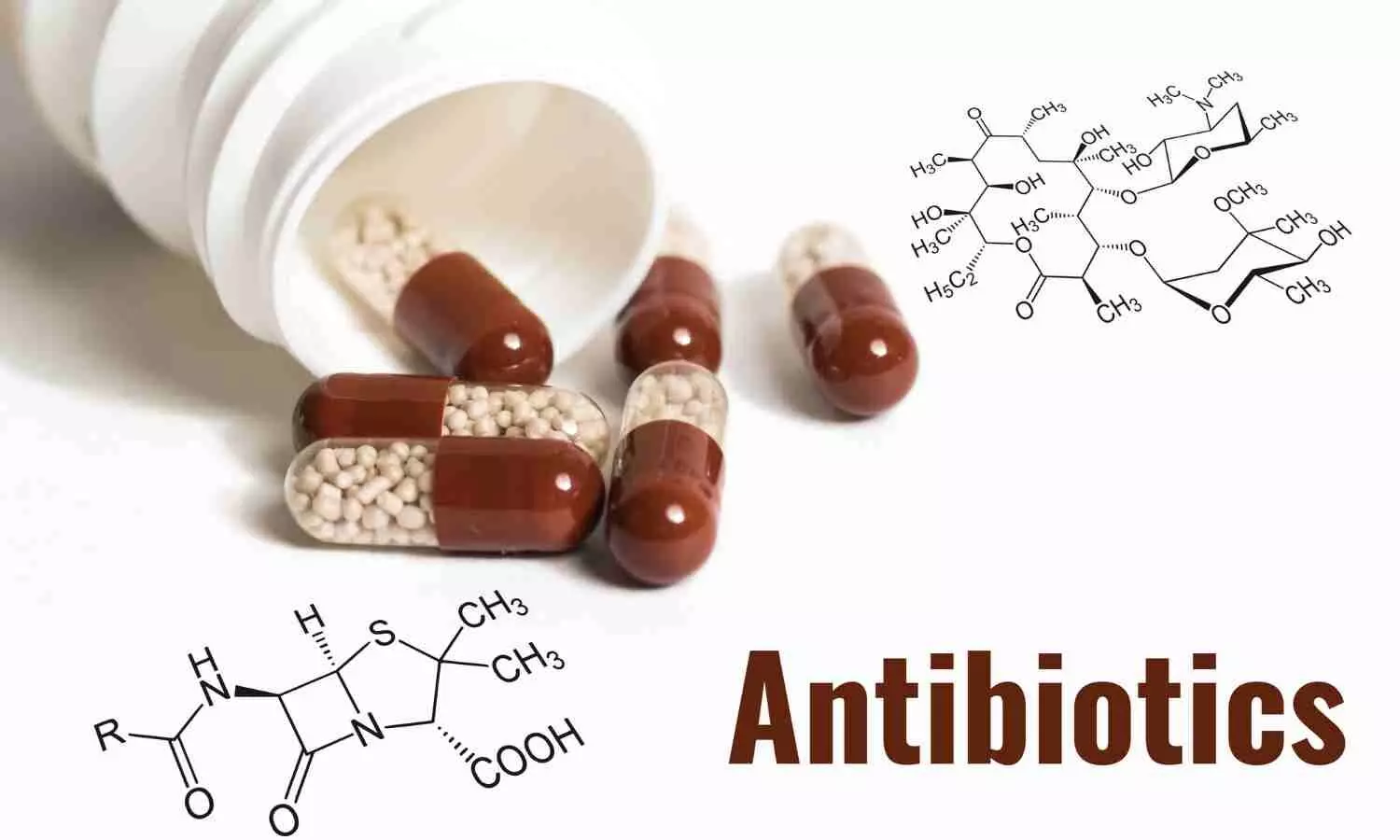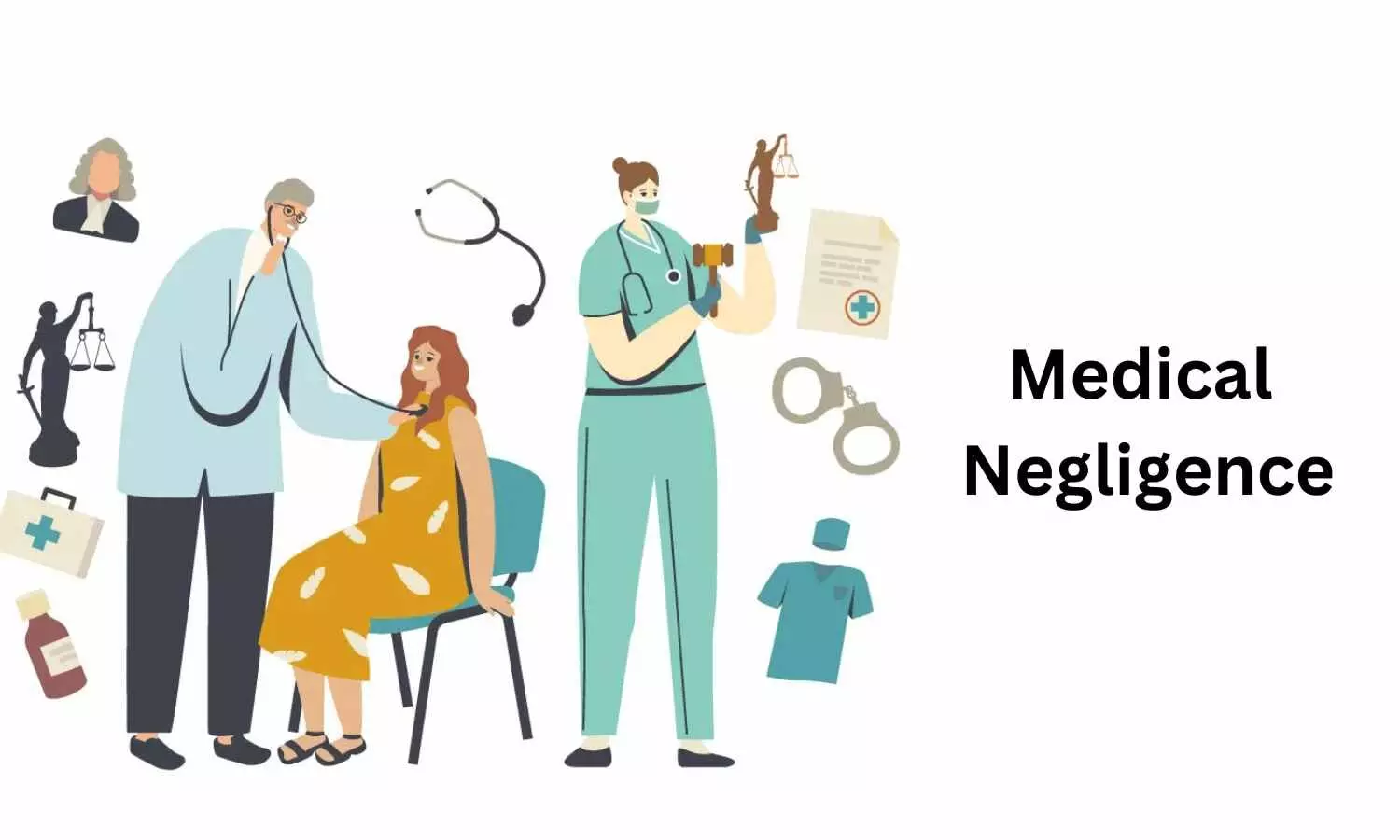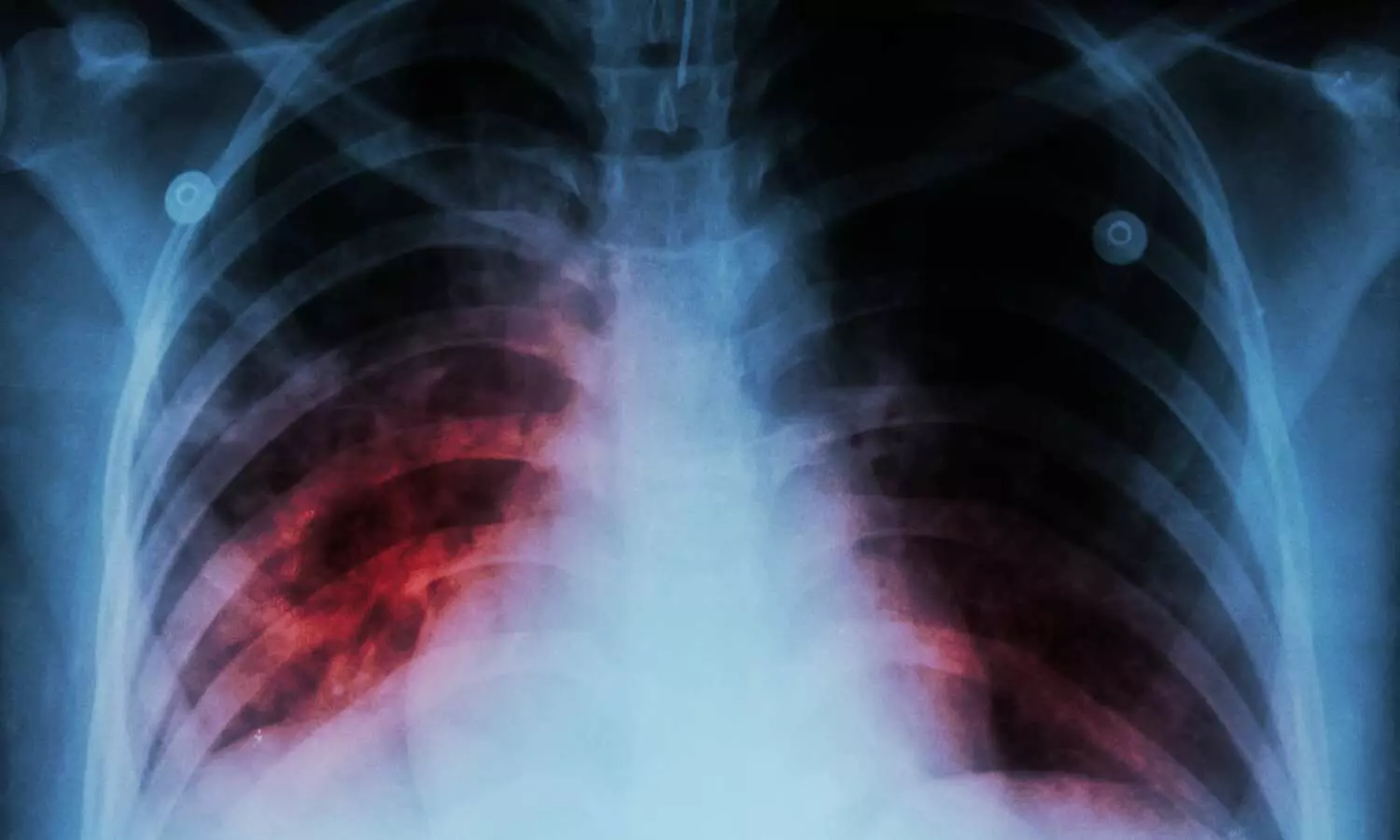
The Lancet Child & Adolescent HealthAn enthusiastic response to food in early childhood may be linked to a higher likelihood of experiencing eating disorder symptoms in adolescence, according to a new study led by researchers at UCL and Erasmus University Rotterdam.
The study, published in The Lancet Child & Adolescent Health, looked at survey data from 3,670 young people in the UK and the Netherlands to investigate how appetite traits in early childhood might relate to the likelihood of developing eating disorder symptoms up to 10 years later.
The researchers found that a particularly high food responsiveness, defined as the urge to eat when you see, smell or taste palatable food, at the ages of four and five was linked to a higher likelihood of reporting a range of eating disorder symptoms at ages 12 to 14.
The team also found that a slower pace of eating and feeling full more quickly (high sensitivity to satiety) in early childhood may be protective against developing some eating disorder symptoms later.
Co-lead author Dr Ivonne Derks (UCL Institute of Epidemiology & Health Care) said: “Although our study cannot prove causality, our findings suggest food cue responsiveness may be one predisposing risk factor for the onset of eating disorder symptoms in adolescence.
“However, high responsiveness to food is also a normal and very common behaviour and should be seen as just one potential risk factor among many rather than something to cause parents worry.”
Higher food responsiveness was linked to a 16% to 47% increase in the odds of reporting eating disorder symptoms, including binge eating symptoms, uncontrolled eating, emotional eating, restrained eating and compensatory behaviours.
The 47% increase was found for binge eating symptoms (eating a very large amount of food and/or experiencing the feeling of loss of control over eating), meaning that adolescents whose parents rated them highest on food responsiveness were almost three times more likely to report binge eating symptoms compared to adolescents whose parents scored them lowest.
A 16% increase in odds was found for restrained eating, whereby a person restricts their intake of food to lose weight or avoid weight gain.
Just like food responsiveness, emotional overeating in early childhood was also linked with higher odds of engaging in compensatory behaviours, which are intended to avoid weight gain, such as skipping meals, fasting and excessive exercise.
In turn, some appetite traits seemed to be protective against developing eating disorder symptoms later. Higher satiety responsiveness – that is, feeling full more quickly after eating, and feeling full for longer – was linked to lower odds of uncontrolled eating (defined as the extent to which someone feels out of control and eats more than usual) and compensatory behaviours.
A slower pace of eating, meanwhile, was linked to lower odds of compensatory behaviours and restrained eating.
The researchers also found that appetite traits such as food fussiness, emotional undereating (eating less due to low mood), and enjoyment of food in early childhood were not linked to later eating disorder symptoms in adolescence.
For the study, the researchers looked at data from two separate longitudinal studies: Generation R, following children born in Rotterdam, the Netherlands, between 2002 and 2006, and Gemini, which follows twins born in England and Wales in 2007.
Appetite traits were assessed based on parents’ questionnaire responses when the children were aged four or five. Eating disorder symptoms were self-reported by the then adolescents themselves at ages 12 to 14, when eating disorder symptoms typically start to emerge.
About 10% of the adolescents reported binge eating symptoms, where people eat an unusual amount of food and/or experience the feeling of loss of control over eating. Next to that, 50% reported at least one behaviour to compensate their food intake or to avoid gaining weight, such as skipping a meal.
Co-senior author Dr Clare Llewellyn (UCL Institute of Epidemiology & Health Care) said: “While the role of appetite in the development of obesity has been studied for many decades, this is the first study to comprehensively examine the role of appetite traits in the development of eating disorder symptoms.
“Eating disorders can be harder to treat effectively once they develop and so it would be better to prevent them from occurring in the first place. Our work in identifying risk factors in early life aims to support the development of possible prevention strategies. These could, for instance, involve providing extra support to children at higher risk.”
Appetite traits indicate how we respond to food and the opportunity to eat, and the extent to which we want to eat more or less when experiencing negative emotions. They are divided into food approach appetitive traits (e.g. food responsiveness, enjoyment of food, emotional overeating) and food avoidance traits (e.g. satiety responsiveness, food fussiness, slowness in eating, emotional undereating).
Co-senior author Professor Pauline Jansen of Erasmus University Rotterdam said: “Overall, our findings suggest that developing and testing prevention strategies may be a worthwhile effort. Although appetite has a substantial genetic component, we also know that there are environmental influences that offer opportunities for behaviour change.”
The researchers indicate that a healthy food environment and responsive parental feeding strategies may help to lower the risk of developing eating disorders.
Co-lead author Dr Zeynep Nas (UCL Institute of Epidemiology & Health Care) explained: “A healthy food environment is an environment in which healthy foods are available and more prominent, salient and affordable than less healthy options. This also includes wider access to food such as what types of food outlets are available in our neighbourhood and what food we see on TV.
“Responsive feeding is about providing nutritious food at set mealtimes and snack times, and then allowing the child to decide what to eat and how much to eat (if anything at all) without pressuring them.”
In a separate paper, accepted for publication in the International Journal of Eating Disorders, a similar research team looked at the same two cohorts, Generation R and Gemini, to investigate how parental feeding practices in early childhood might affect likelihood of eating disorder symptoms in adolescence.
The researchers found that non-responsive feeding practices, such as putting pressure on children to eat or using food as a reward or to soothe emotions, were linked to a higher likelihood of specific eating disorder symptoms later. However, the associations were small and varied between the two cohorts, and the researchers said further replication studies were needed.
Reference:
vonne P M Derks, Zeynep Nas, Holly A Harris, Alice R Kininmonth, Prof Janet Treasure, Prof Pauline W Jansen, Early childhood appetitive traits and eating disorder symptoms in adolescence: a 10-year longitudinal follow-up study in the Netherlands and the UK, The Lancet Child & Adolescent Health, DOI:https://doi.org/10.1016/S2352-4642(23)00342-5.










